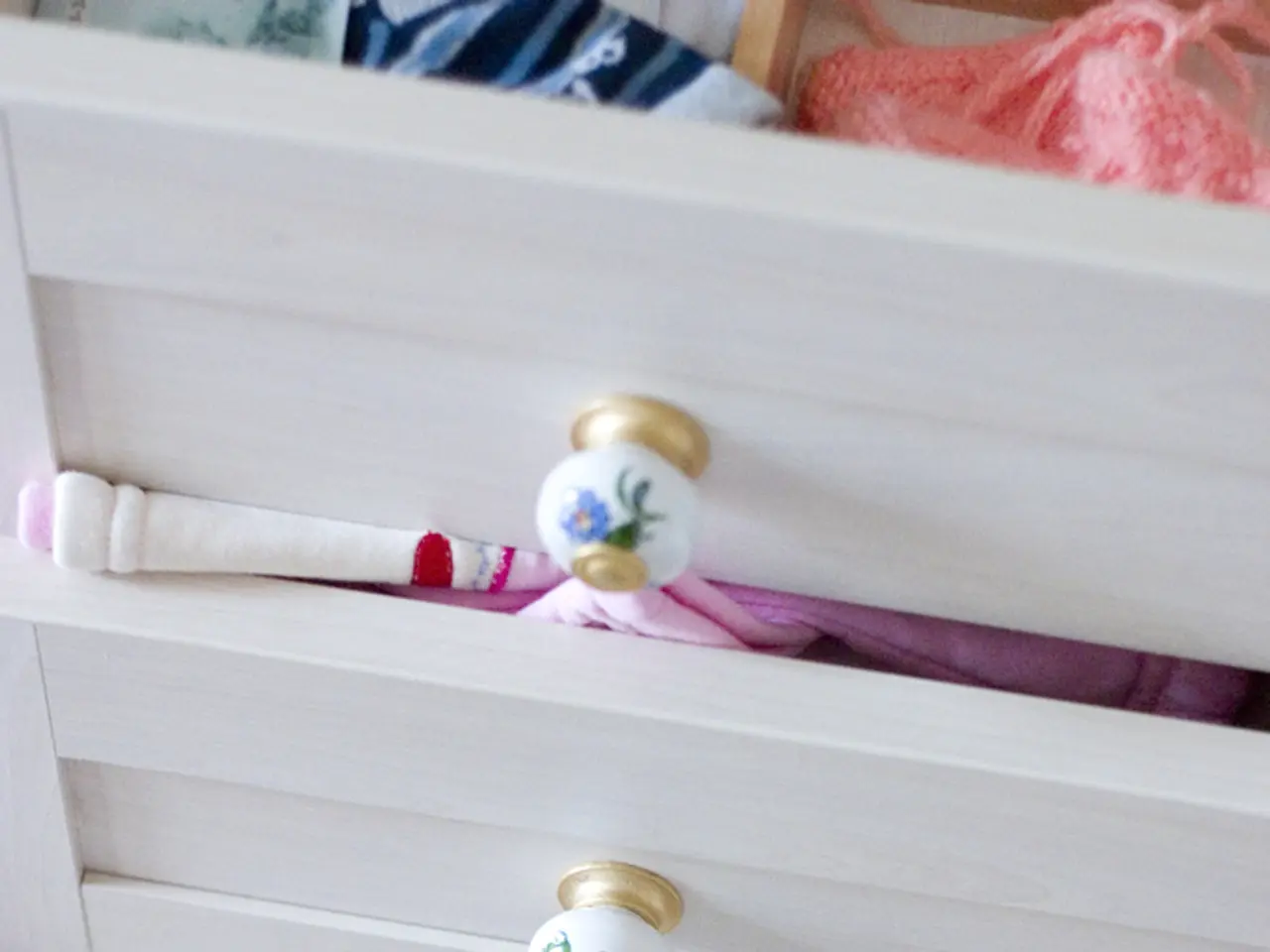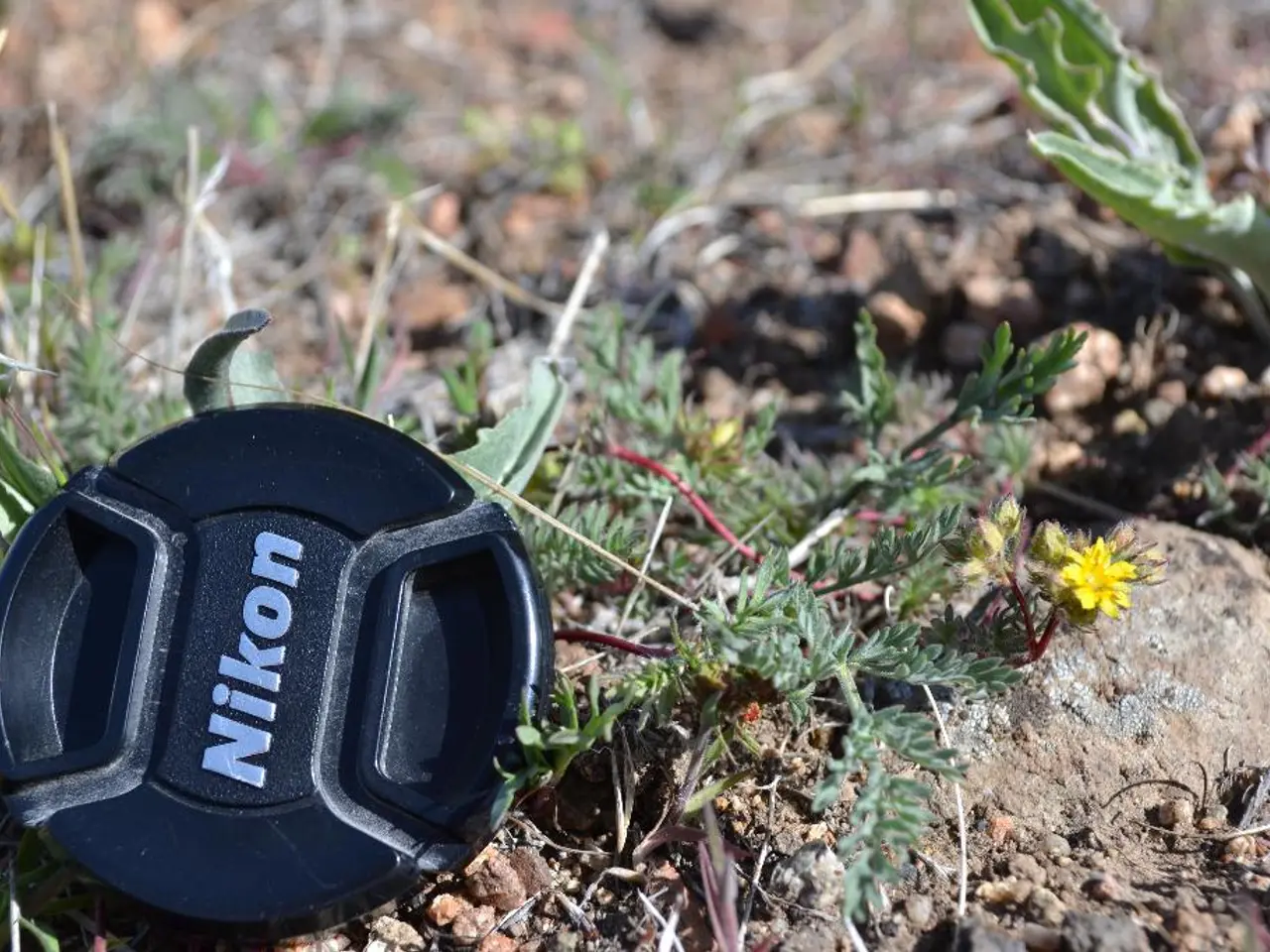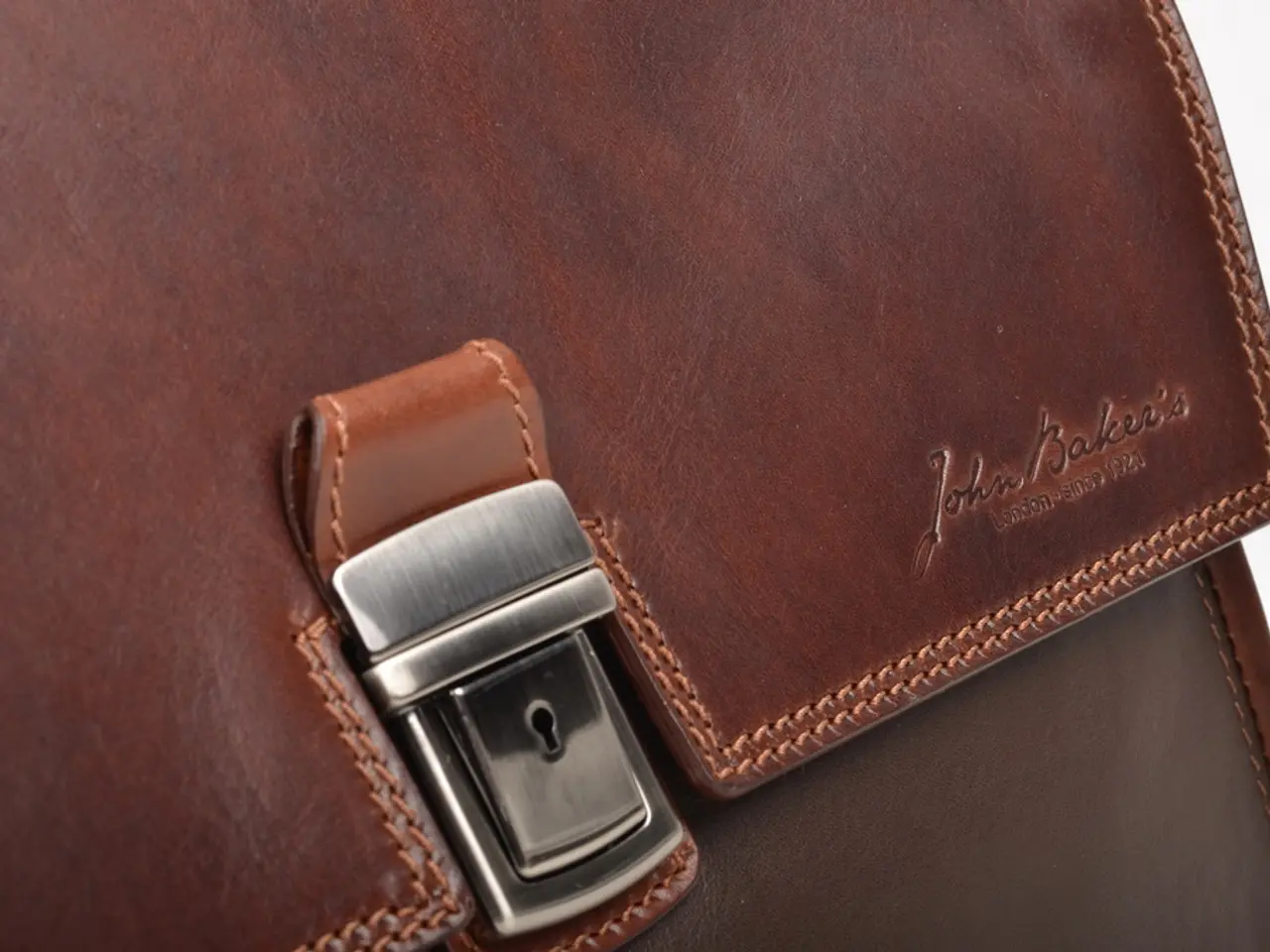Gardens get a stylish upgrade with the 'Outdoor Closet', the top choice for elegant storage solutions, even in small spaces.
In the quest for organised and efficient outdoor storage, an outdoor garden closet might be just what you need. Unlike traditional garden sheds, these compact storage solutions are designed for limited spaces and are more akin to a wardrobe in terms of dimension.
The main differences between outdoor garden closets and traditional garden sheds lie in their size, purpose, and design features. Garden closets are typically smaller, more compact units, often with a footprint similar to a cabinet or locker. They offer organized storage for smaller garden tools and accessories, with multiple compartments or shelves inside, sometimes with locking doors and ventilation. Traditional garden sheds, on the other hand, are larger structures, made from rot-resistant woods like cedar or fir, offering more storage volume for bigger tools and supplies.
When choosing an outdoor garden closet for small backyard storage, consider these factors:
- Size and Space Availability: Measure your available outdoor space carefully to ensure the closet fits without overcrowding the yard. A compact design maximizes limited space.
- Material and Durability: Select materials that withstand your local climate; cedar and fir woods are durable and rot-resistant, while plastic or metal options may offer lightweight or low-maintenance benefits.
- Storage Needs: Consider the types and number of items you'll store. Adjustable shelving or compartments can optimize space for mixed tools and supplies.
- Access and Security: Look for features like lockable doors to protect your items from theft or animals, and double doors for easy access to stored contents.
- Weather Protection and Ventilation: A waterproof roof or coating and ventilation help protect items from moisture, mold, and odors, especially important for organic garden tools.
- Assembly and Maintenance: Evaluate ease of assembly and ongoing care, such as whether staining or painting is required for wooden units, as well as the ability to customize or relocate the closet as needed.
It's not advisable to store fertilizers, seeds, or flammable liquids in outdoor closets due to their sensitivity to temperature shifts, high humidity, attraction to pests, or flammability. However, the outdoor garden closet can be used to store garden supplies, outdoor kitchen utensils, seasonal decor, and outdoor furniture cushions.
The outdoor garden closet from IKEA, for instance, is durable, easy to clean, and allows water to drain through. It offers multiple shelves for small tools and plant pots, a clothes rail for hanging outdoor cushions, and is made of powder-coated galvanized steel. Another option is the traditional-looking outdoor closet with gray cladding and black finishes, which has a contemporary feel.
In the world of outdoor storage, Sergey Mashkov, the construction designer and sales manager at Sheds Unlimited, a U.S. company manufacturing outdoor structures, plays a crucial role. He figures out clients' preferences for outdoor storage and matches them with spot-on designs. Vinyl is a more practical choice for outdoor closets as it doesn't require painting or sealing. The minimalist wood design outdoor closet can blend into various outdoor design styles.
When it comes to materials, Sergey Mashkov prefers pressure-treated pine or cedar for outdoor closets due to their durability and classic appeal. Teak and Acacia wood are also suitable materials for outdoor furniture.
Lastly, it's worth noting that the article provides recommendations for where to buy the best garden sheds as well. The outdoor garden closet is easy to install and won't take up too much room on your patio. An outdoor closet doesn't require a permit to install. This gray and black outdoor closet is designed for small spaces and empty corners. The dark walnut storage unit from Keter Signature is suitable for a contemporary garden.
In summary, an outdoor garden closet is a smaller, more compact and often cabinet-style storage solution ideal for limited space, while a traditional garden shed is larger and more versatile for extensive storage. Selecting the right garden closet involves balancing size, durability, security, and weather-resistance according to your backyard constraints and storage demands.
- An outdoor garden closet can be a perfect place for storing small garden tools, outdoor kitchen utensils, seasonal decor, and even outdoor furniture cushions.
- When it comes to materials, Sergey Mashkov, a construction designer, prefers pressure-treated pine or cedar for outdoor closets due to their durability and classic appeal.
- The outdoor garden closet from IKEA offers multiple shelves for small tools and plant pots, a clothes rail for hanging outdoor cushions, and is made of powder-coated galvanized steel.
- In the world of outdoor storage, Vinyl is a more practical choice for outdoor closets as it doesn't require painting or sealing.
- When choosing an outdoor garden closet, consider factors like size and space availability, material and durability, storage needs, access and security, weather protection and ventilation, and assembly and maintenance.




